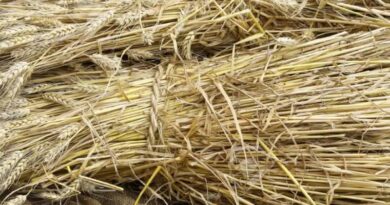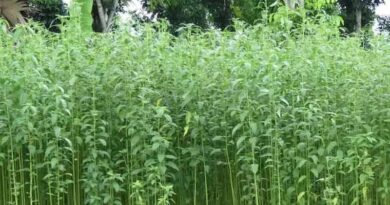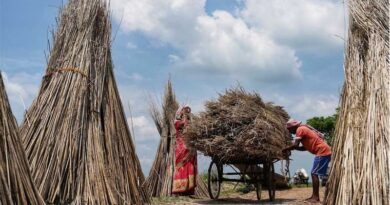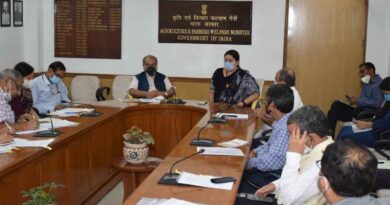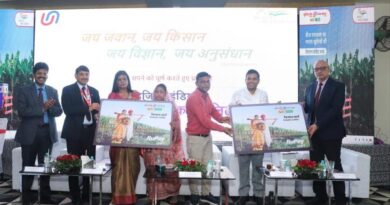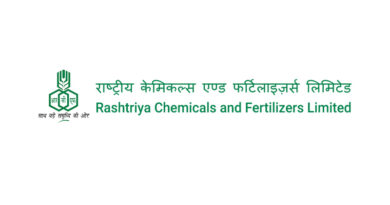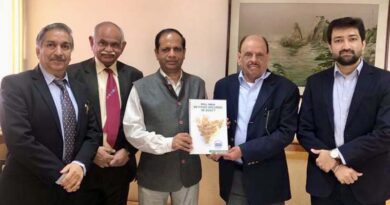Jute mills cut production on price mismatch Raw jute rates ruling over ₹7,100/quintal against ₹6,500 cap fixed by the regulator
27 December 2021, New Delhi: Even as raw jute production is estimated to be up by nearly 55 per cent this year, jute mills are curtailing production because of a mismatch between market prices of raw jute and price ceiling imposed on it by the regulatory authority.
In September this year, the Jute Commissioner’s office imposed a price ceiling of ₹6,500 a quintal on raw jute trade to ensure supply of raw material to the mills at a fair price. The pricing of the B-twill bags is also based on this price ceiling, while the market prices are currently ruling around ₹7,100-7,200 a quintal. This has made it unviable to produce jute bags and resulted in a huge loss for mills. According to Raghav Gupta, Chairman, Indian Jute Mills’ Association (IJMA), raw jute production in the State is estimated to be 85-90 lakh bales in 2021-22 season against 55-58 lakh bales in 2020-21. The higher production is on the back of favourable weather conditions and a rise in the sowing area due to remunerative prices the golden fibre fetched last year. The carryover stock from last year is about three lakh bales.
“The prospect of this (new) crop is good but then we are left with a small carryover from last season so the total availability of raw jute for the industry in the season 2021-22 is comfortable,” Gupta told BusinessLine.
Prices had touched as high as ₹9,000 a quintal towards the end of the last crop season (that ended in June this year). However, when the new crop started arriving, prices began to drop and touched around ₹5,500 a quintal. Farmers were reluctant to sell at these prices and so held on to the produce. This pushed up prices.
“When the Jute Commissioner saw prices are on the rise on September 30, he came out with an order and capped it at ₹6,500 a quintal. The Commissioner’s office is pricing the B-twill bags based on this price regardless of the fact that whatever price it is being traded in the market. This resulted in a loss situation for entire industry and hence they are curtailing production,” he said.
The Commission for Agricultural Costs & Prices (CACP) in its “Price Policy for Jute: 2021-22 season” has recommended a MSP of raw jute (TDN3, equivalent of TD5) for the season 2021-22 to be fixed at ₹4,500 a quintal. This is an increase of 6.5 per cent over MSP of ₹4,225 a quintal for the last season.
Dilution
The jute sector is also likely to suffer due to dilution of close to 4.9 lakh bales of hessian bag orders in favour of plastic materials for foodgrain packaging during November-December this year. This was done as the millers were not able to supply that required quantity of packaging material. Plans for January-May 2022 are still not available. The monthly production is close to 2.25 lakh bales against the requirement of close to 3 lakh bales during the rabi marketing season starting April 1.
The government had recently approved reservation norms for mandatory use of hessian sacks in packaging for the jute year 2021-22. The norms provide for 100 per cent reservation of foodgrains and 20 per cent of sugar to be packed in jute bags.
However, the dilution was recommended by the Standing Advisory Committee on packaging as the industry has been facing problems in increasing production. According to Manish Poddar, ex-Chairman, IJMA, the industry is likely to face tough times and may find it difficult to survive.
Also Read: CABI Distribution Database reaches million milestone


